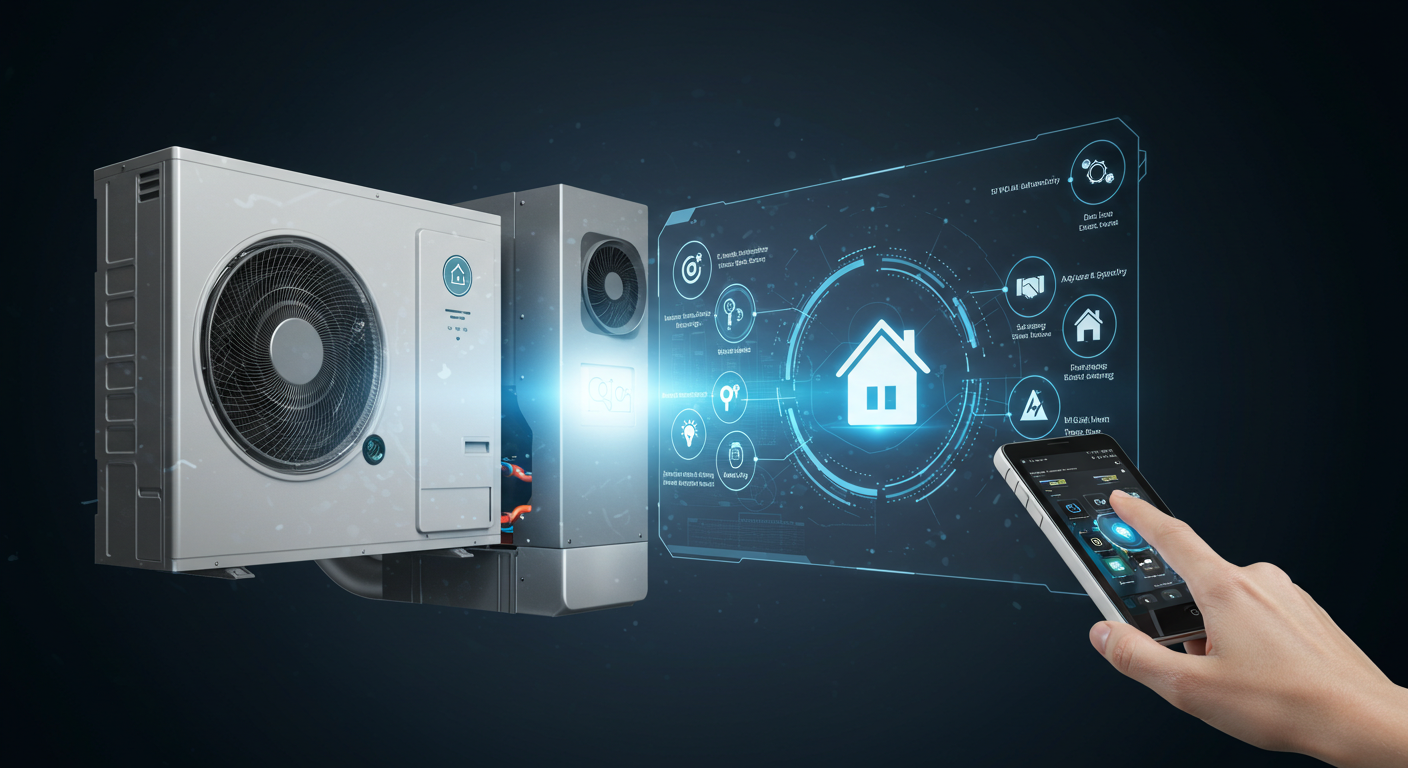
Revolutionizing HVAC Diagnostics with Augmented Reality
Imagine a world where diagnosing and repairing HVAC systems becomes as simple as pointing your phone at the equipment. Welcome to 2025, where augmented reality (AR) is transforming HVAC diagnostics, making the process faster and more efficient than ever before. In this blog post, we’ll explore how AR is cutting down troubleshooting time, enhancing technician training, and improving overall HVAC maintenance.
The Impact of Augmented Reality on HVAC Diagnostics
Augmented reality is not just a buzzword; it’s a game-changer in the HVAC industry. By overlaying real-time data, wiring paths, and fault locations directly onto equipment, AR significantly reduces troubleshooting and repair time. This technology helps decrease error rates, minimize downtime, and supports compliance with green building standards. As a result, the HVAC AR remote support market is projected to grow at a CAGR of 19.4% from 2025 to 2033, reaching an estimated USD 6.11 billion by 2033.
Training the Next Generation of Technicians with AR
The HVAC industry is facing a shortage of skilled technicians, with an estimated shortfall of up to 40,000 HVAC/R trade jobs this year. AR-powered training modules offer immersive simulation of repairs and troubleshooting, helping to shorten technician training time and reduce errors. By providing step-by-step AR guidance, new technicians can quickly grasp complex concepts and procedures, addressing workforce shortages effectively.
Enhancing HVAC Performance with Smart AR Tools
Fieldpiece digital manifolds, available through select distributors, enable technicians to directly visualize HVAC system performance data overlaid on Ruud units. This allows for swift, accurate diagnostics and quality assurance without the need to dismantle components. Smartphones, tablets, or specialized headsets paired with AR apps can further enhance diagnostics with thermal imaging cameras, providing a comprehensive view of airflow patterns and temperature gradients.
- AR diagnostics reduce HVAC troubleshooting time and errors.
- AR training modules address workforce shortages and improve technician skills.
- Smart AR tools enable comprehensive diagnostics and visualization.
- Remote AR assistance decreases travel costs and improves issue resolution.
- Combining AR with AI analytics optimizes energy consumption and maintenance.
Conclusion
As the HVAC industry continues to evolve, augmented reality stands out as a pivotal technology that enhances diagnostics, training, and maintenance. By adopting AR, you can streamline operations, reduce costs, and improve the overall efficiency of your HVAC systems. Are you ready to embrace this revolutionary change in HVAC diagnostics?
Take the next step and explore how AR can transform your HVAC maintenance strategies today.
Frequently Asked Questions About AR in HVAC
How does augmented reality improve HVAC diagnostics?
Augmented reality improves HVAC diagnostics by overlaying real-time data and fault locations onto equipment, reducing troubleshooting time and errors.
What are the benefits of using AR for HVAC technician training?
AR provides immersive training experiences, shortens training time, and reduces errors, addressing workforce shortages in the HVAC industry.
Can AR assist in HVAC maintenance?
Yes, AR can assist in HVAC maintenance by providing step-by-step guidance, enhancing remote collaboration, and optimizing performance with real-time data overlays.
What tools are used for AR in HVAC diagnostics?
AR in HVAC diagnostics typically uses smartphones, tablets, or specialized headsets paired with AR apps, sometimes enhanced with thermal imaging cameras.
How does AR integration impact HVAC energy consumption?
AR integration, often combined with AI analytics, can lead to energy consumption reductions of up to 20%, enabling proactive maintenance and extended equipment lifespan.

